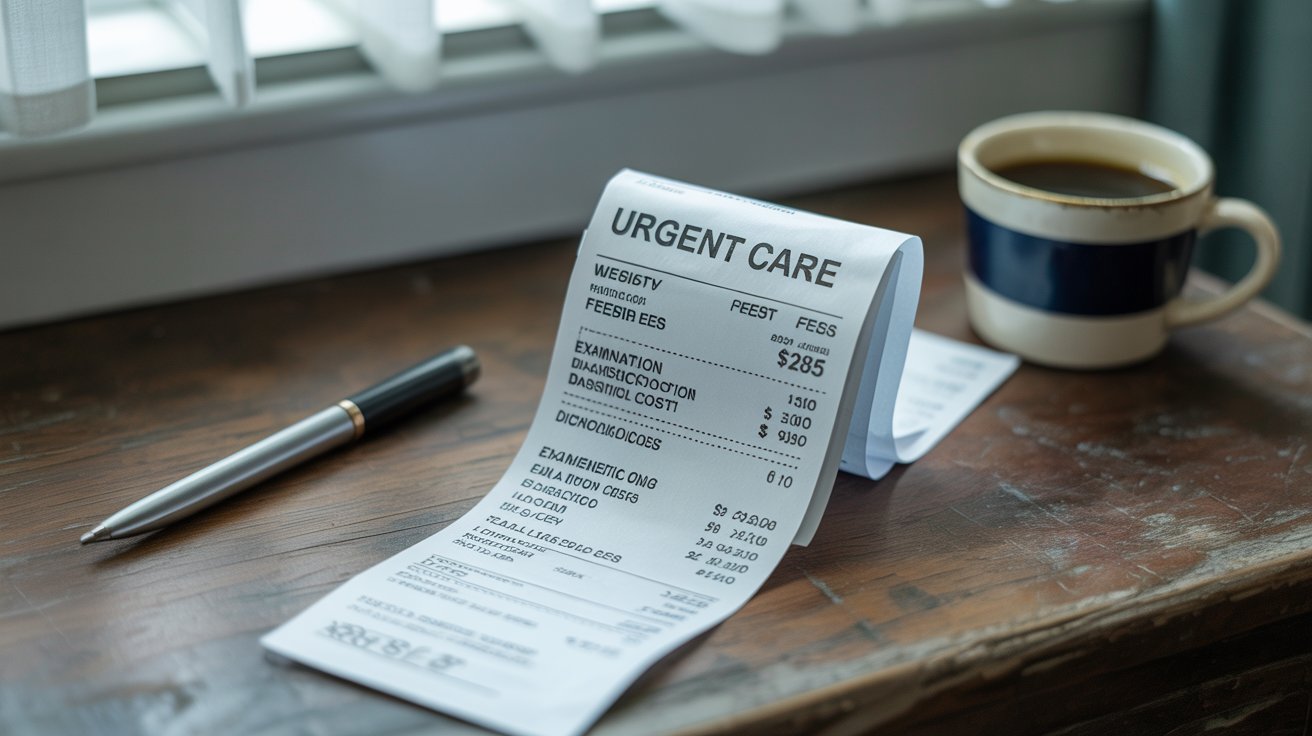The Rising Cost of Urgent Care Without Insurance: What You Need to Know
Introduction
Healthcare costs in the U.S. continue to rise, leaving many uninsured individuals struggling to afford essential medical services. One of the most common concerns is how much is urgent care without insurance, as these facilities provide immediate treatment for non-life-threatening conditions.
This article explores the costs of urgent care for uninsured patients, factors influencing pricing, alternative options, and career opportunities in the urgent care sector. By the end, you’ll have a clear understanding of what to expect when visiting an urgent care center without insurance and how to navigate these expenses.
Understanding Urgent Care Costs Without Insurance
How Much Is Urgent Care Without Insurance?
The cost of urgent care without insurance varies widely depending on location, the severity of the condition, and the services provided. On average, patients can expect to pay:
- $100–$200 for a basic visit (minor illnesses like colds or flu)
- $150–$300 for treatments requiring basic procedures (e.g., stitches, X-rays)
- $200–$500+ for more complex care (e.g., IV fluids, lab tests)
Since urgent care centers operate on a fee-for-service model, uninsured patients must pay out-of-pocket. This leads many to wonder, how much is urgent care without insurance when compared to emergency rooms? Thankfully, urgent care is significantly cheaper, with ER visits often exceeding $1,000 for similar treatments.
Factors Affecting Urgent Care Pricing
Several variables influence how much urgent care costs without insurance, including:
- Geographic Location – Urban centers typically charge more than rural clinics.
- Type of Treatment – Lab tests, X-rays, and medications increase costs.
- Clinic Pricing Policies – Some centers offer sliding-scale fees or discounts for self-pay patients.
- Time of Visit – After-hours or weekend visits may incur additional charges.
Understanding these factors helps uninsured individuals budget accordingly and avoid unexpected bills.
Comparing Urgent Care to Other Healthcare Options
When considering how much is urgent care without insurance, it’s helpful to compare it to alternatives like emergency rooms, primary care physicians, and telehealth.
Urgent Care vs. Emergency Room Costs
- Urgent Care: $100–$500 (non-life-threatening conditions)
- Emergency Room: $500–$3,000+ (same conditions, but with higher facility fees)
ERs are legally required to treat all patients, but uninsured individuals face steep bills. Urgent care is the smarter choice for minor injuries and illnesses.
Primary Care Doctors vs. Urgent Care
- Primary Care: $100–$300 per visit (but often requires appointments)
- Urgent Care: Walk-in availability, similar pricing
For those without insurance, urgent care provides faster access when primary care isn’t available.
Telehealth as a Cost-Effective Alternative
Virtual visits can cost $50–$150, making them a budget-friendly option for minor consultations. However, in-person urgent care is necessary for physical exams, X-rays, or procedures.
How to Reduce Urgent Care Costs Without Insurance
Since how much urgent care is without insurance can be burdensome, here are ways to minimize expenses:
1. Ask for a Self-Pay Discount
Many clinics offer reduced rates (20–40% off) for uninsured patients paying upfront.
2. Use Sliding-Scale Clinics
Community health centers and nonprofit urgent care facilities adjust fees based on income.
3. Compare Nearby Clinics
Prices vary, so call ahead or check websites for cost estimates.
4. Avoid Unnecessary Tests
Discuss with the provider whether all requested tests are essential.
5. Consider Urgent Care Memberships
Some centers offer subscription plans ($50–$150/month) for discounted visits.
Career Opportunities in Urgent Care
With the demand for affordable healthcare rising, the urgent care industry offers stable career paths, including:
1. Urgent Care Physicians
- Salary: $200,000–$300,000/year
- Requirements: Medical degree, residency, board certification
2. Nurse Practitioners (NPs) & Physician Assistants (PAs)
- Salary: $100,000–$130,000/year
- Requirements: Advanced degree and licensure
3. Medical Assistants & X-Ray Technicians
- Salary: $35,000–$60,000/year
- Requirements: Certification programs (6 months–2 years)
4. Healthcare Administrators
- Salary: $70,000–$120,000/year
- Responsibilities: Managing clinic operations, billing, and staffing
The urgent care sector is growing, providing job security and competitive salaries for healthcare professionals.

The Future of Urgent Care for Uninsured Patients
As healthcare costs rise, urgent care centers play a crucial role in providing affordable treatment. Innovations like price transparency tools and subscription-based models help answer the question, how much is urgent care without insurance? while making care more accessible.
Policymakers are also exploring ways to expand affordable care options, including:
- Mandating price transparency for all medical services
- Expanding Medicaid in more states to cover low-income individuals
- Encouraging more nonprofit urgent care centers to serve uninsured populations
Conclusion
For uninsured individuals, understanding how much urgent care costs without insurance is essential to avoiding financial strain. While prices range from $100–$500+, self-pay discounts and alternative options can help reduce expenses.
Additionally, the urgent care industry offers promising career opportunities for healthcare professionals, driven by increasing demand for accessible and affordable medical services.
By staying informed and exploring cost-saving strategies, uninsured patients can receive necessary care without breaking the bank. Whether you’re seeking treatment or considering a career in urgent care, knowing the costs and options available empowers better healthcare decisions.
Final Thoughts
Next time you ask, how much is urgent care without insurance?, remember that planning ahead, comparing clinics, and negotiating fees can make a significant difference. Urgent care remains a vital resource for affordable, quality healthcare in an increasingly expensive medical landscape.
Would you like recommendations for low-cost urgent care centers in your area? Let us know in the comments!

Leave a Reply